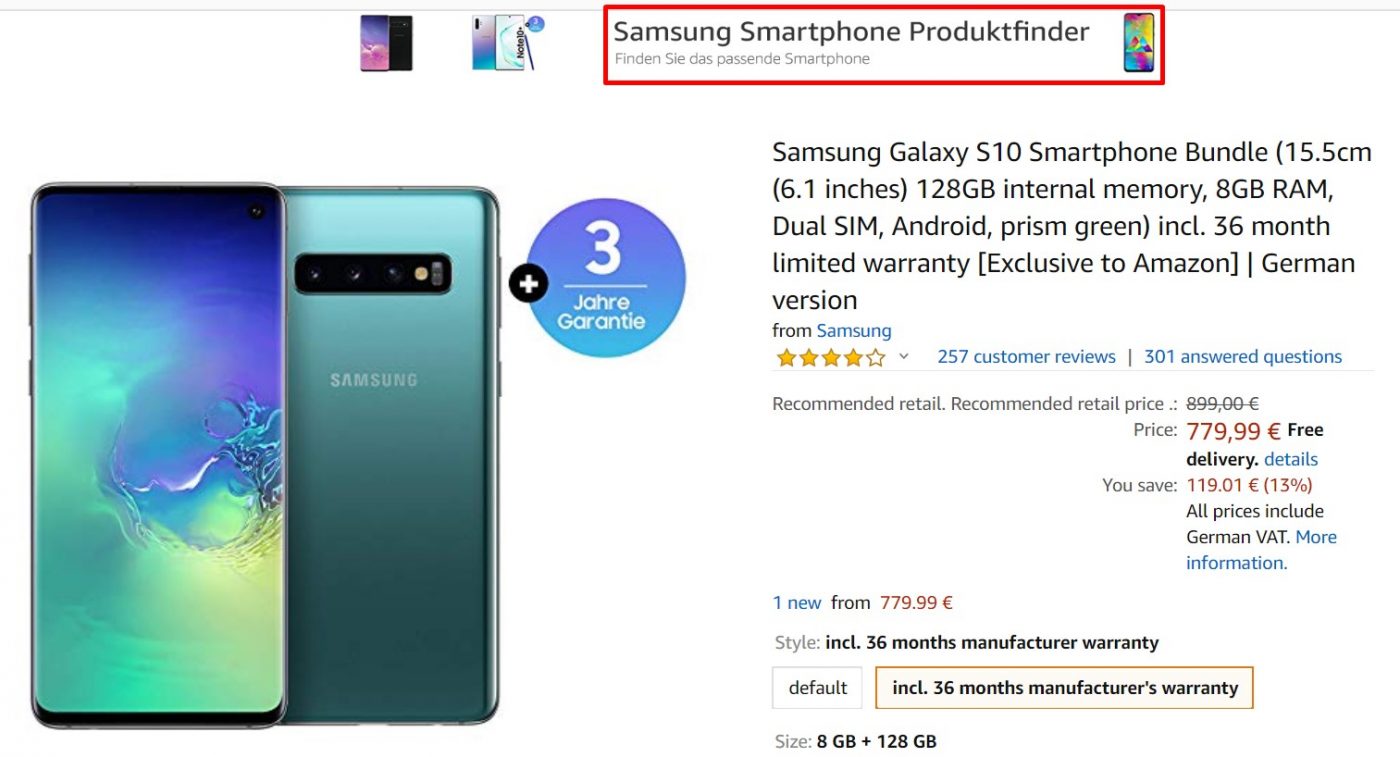High-intent shoppers are a marketer’s dream. They don’t kick tires or browse your website at random. All they want is to make a quick purchase, and they’re more likely to convert.
But they’re also the ficklest group of shoppers, easily deterred by friction and quick to move on if their needs aren’t met.
Businesses and more specifically e-commerce websites, that do not tap into high-intent shoppers are quite simply leaving money on the table. Optimizing the product discovery experience for these shoppers could mean the difference between a quick conversion and a missed sales opportunity.
So, how do you turn your visitors’ intent into revenue?
By answering these three questions:
- Identity: Who are they?
- Intent: What do they want and why?
- Action: How do I drive them forward?
1. Identity: Who are they?
It’s fairly easy to identify high-intent shoppers since most of them will arrive through search.
In the world of SEO, search engine queries are commonly classified as either navigational, informational, commercial, or transactional. While shoppers who fall into the first group are trying to navigate to a specific website, and the second is attempting to find information, the third group is the one you should zero in on: They’re looking to buy.
Familiarizing yourself with query classification to decipher search behavior allows you to identify these shoppers by the keywords they are using.
Other ways that shoppers signal buying intent include:
- interaction with marketing messages
- visits to category pages
- time spent browsing product detail pages
- adding items to cart and cart abandonment
2. Intent: What do they want and why?
Okay, now that you have picked up the signals that high-intent shoppers show you, how do you convert them?
First, it’s important to realize that high-intent shoppers, more than others, demand fast, friction-free experiences.
By understanding what they’re looking for and why, you’ll be able to immediately display the most relevant products and quickly lead them to what they need, giving them the experience they expect; one that keeps them engaged.
So, the actual question is: Do you know what visitors to your site are really looking for?
This, of course, is the million-dollar question that marketers and e-commerce professionals have been trying to answer since the dawn of digital commerce.

While web analytics and metrics like search terms, page visits, clicks, and time spent on-site can offer insights into visitors’ digital behavior, these don’t give you a full picture of the intent behind those actions. Similarly, while helpful in putting together an individual customer profile, using demographics as a proxy doesn’t really tell you what consumers are looking for in an exact moment. Lisa Gevelber, Google’s VP of Global Marketing, explains it like this:
“Marketers who rely only on demographics to reach consumers risk missing more than 70% of potential mobile shoppers. Why? Because demographics rarely tell the whole story. Understanding consumer intent is much more powerful.”
Analytics and demographics are not in and of themselves expressions of intent. They can also lead us to place our own mental models and stereotypes on consumers.
For example, Google found that:
 Well then, if metrics are incomplete and demographics can be misleading, how do you determine intent and understand the “why”?
Well then, if metrics are incomplete and demographics can be misleading, how do you determine intent and understand the “why”?
That’s where Conversational AI comes in.
Just look at your day-to-day interactions. There is no better way to understand someone’s intent than by engaging in a conversation. This is precisely the tactic that’s being leveraged by Conversational AI.
Conversational AI applications help businesses understand a shopper’s in-the-moment needs and many companies have been flocking to conversational platforms in the last few years (+809%) because of that. Opus Research’s global survey of corporate decision-makers found that the “rapid recognition of customer intent” is the top reason why they deploy conversational solutions.
They can now engage with shoppers on a human and personal level, ask questions to find out what each wants and get them exactly that. Without guessing or projecting. Retailers and brands that use these solutions to show consumers what’s relevant typically see double-digit increases in conversion rates.
3. Action: How do I drive them forward?
The power of conversation is real. Let’s look at how three companies are integrating Conversational AI in the customer journey to drive high-intent shoppers toward the purchase they want to make and are seeing substantial jumps in conversion as a result.
1. Search to sale
The vast majority of shoppers (93%) will begin their buying process with a search engine. And you can identify those that want to make a purchase quite early by analyzing their search behavior. They will typically either use exact product names or transactional keywords such as “coupon”, “buy”, “discount” and “free shipping.”
Example: KitchenAid
When shoppers who are interested in KitchenAid coffee makers use transactional keywords in their search queries, the top search result leads them to KitchenAid’s digital assistant. It engages them in a conversation, asks questions to understand their needs, educates them and highlights KitchenAid’s benefits to build brand preference, and, in the end, shows them the products that have a high chance of being bought by that exact shopper.
The result:
- higher engagement
- extended time on site
- increased conversion rates




2. Optimize category pages
Shoppers who are looking to purchase have learned to navigate to the category page immediately. And when they do, they are typically greeted with long product lists, which causes unnecessary friction and can distract them from the main intent.
High-intent shoppers typically have an idea of what they want but don’t know which of your many products will satisfy their needs. Too much choice causes them to abandon purchases if you don’t step in with personalized support. They won’t bother scrolling down the page in hopes of stumbling upon the product they want.
So what can you do?
Example: Monoprice
To understand exactly what each shopper is looking for and offer better guidance, Monoprice has integrated a digital assistant on its category pages. The assistant asks a few questions to find out why they are looking for a product and responds with recommendations with the most suitable options.
The result:
- 25% increase in conversion rates
- 18% higher AOV
- increased average time spent on the page



3. Enrich product detail pages
Product detail pages (PDPs) are the “money pages” of e-commerce websites, as these are typically the pages shoppers visit before converting.
The other side of the coin, however, is that PDPs typically underperform in generating engagement and most PDPs aren’t converting as many high-intent shoppers as they could. In a study of close to 2 billion global shopping sessions, Monetate found that 72% of visitors to PDPs are likely to bounce. The reason for this is that while high-intent shoppers like quick, effortless experiences, they also want to quickly ensure that the brand and product they’re getting are a good fit. If they can’t, they’re gone.
Example: Samsung
To avoid losing shoppers during these situations, Samsung enriches Amazon’s PDPs for Samsung smartphones with a digital assistant. It gives the company the chance to reassure high-intent shoppers and dispel any last doubts that could impede their purchase. It’s also an opportunity to engage them with the brand and potentially gain an upsell.
The result:
- growth in engagement
- increased add-to-cart rate
- higher AOV



Ultimately, a conversation is the best way to understand what your shoppers are truly looking for.
The time is now for companies to leverage Conversational AI and understand what consumers want to quickly and efficiently provide just what they need.
At zoovu, we are empowering brands and retailers with AI-powered digital assistants, helping them take a quantum leap in customer experience and have more satisfied and profitable customers.
Contact us to find out how you can capitalize on the fast-growing high-intent consumer market.

